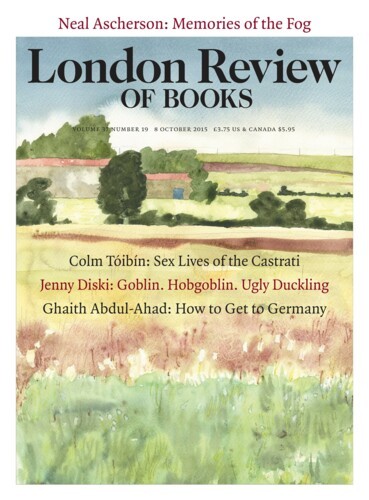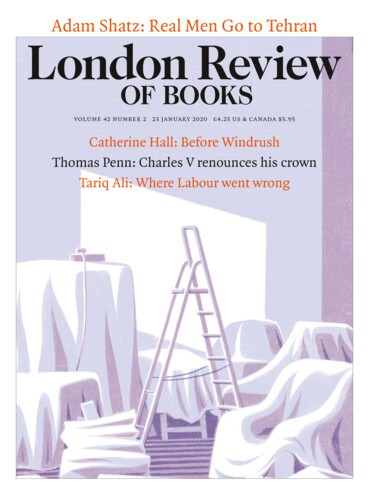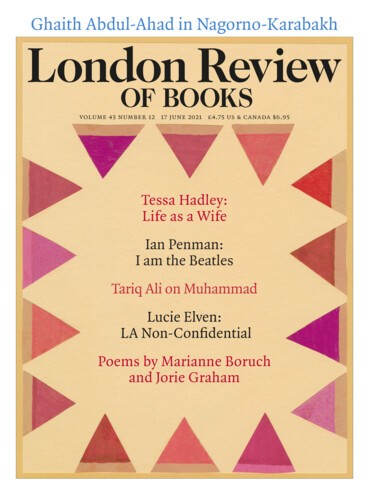From The Blog
7 July 2017
In the summer of 1932, Kenneth and Jane Clark visited Duncan Grant’s studio. They found it filled with dusty pottery, ‘unappetising’ faded flowers and ‘brown and purple canvases’ which made Clark’s heart sink. But his despair was stalled by the discovery of some ‘brilliant pastels … where the medium had saved [Grant] from the virtuous application of Bloomsbury mud’, and the ‘beautiful drawings and oil sketches’ which his wife found languishing under Grant’s bed. ‘In an attempt to revive his interest in decorative art,’ he writes in his autobiography, ‘we asked him and Vanessa to paint us a dinner service.’ Two years later, Bell and Grant presented Clark with 140 pieces, including 50 Wedgwood plates illustrated with portraits of famous women from history – 12 writers, 12 queens, 12 beauties and 12 dancers or actresses, and one of each of the artists, painted by the other. ‘It ought to please the feminists,’ Bell wrote, offhandedly, to Roger Fry.
7 July 2017





